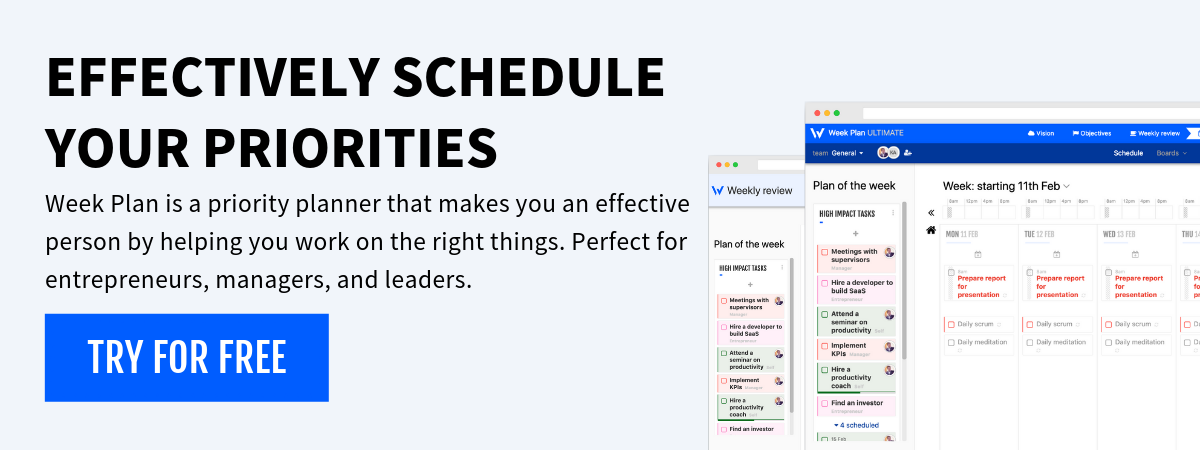The Critical Path Method (CPM) is a step-by-step project management technique used for planning and controlling complex projects. First developed in the 1950s, CPM is a mathematical algorithm that helps to schedule a set of project activities. It is an essential tool for effective time management in large projects, such as construction, software development, research projects, and more.
Historical Background
CPM was developed independently by Morgan R. Walker of DuPont and James E. Kelley Jr. of Remington Rand around 1957. The primary aim was to address the complex task of maintaining and monitoring the progress of chemical-plant construction projects.
Core Concept
At its core, the Critical Path Method involves identifying the longest stretch of dependent activities and measuring the time required to complete them from start to finish. This is known as the “critical path.” Managing the critical path effectively can significantly impact the overall project duration.
Key Components
1. Activities and Milestones
An activity represents a specific piece of work that needs to be accomplished within a project. A milestone, on the other hand, is a significant event or a turning point in a project.
2. Activity Duration
This is the time period required to complete each activity. It can be estimated based on past projects or expert judgment.
3. Dependencies
Dependencies are relationships between activities. Understanding which tasks must precede others is crucial in mapping out the project path.
Steps in the Critical Path Method
1. Identify Activities and Dependencies
List out all the activities required to complete the project and identify dependencies between them.
2. Estimate Durations
Assign an estimated duration to each activity based on experience or consultation with experts.
3. Draw a Network Diagram
This diagram visually represents activities and their dependencies, helping to identify the sequence of tasks.
4. Calculate the Critical Path
Determine the longest path through the network diagram and identify the earliest and latest that each activity can start and finish without delaying the project.
5. Update the CPM Diagram as Needed
As the project progresses, update the CPM diagram to reflect actual timeframes and any changes in activity sequencing.
Benefits of CPM in Time Management
1. Efficient Project Planning
CPM provides a clear visual of the project timeline, helping in planning and allocating resources more effectively.
2. Enhanced Time Estimation
It offers a systematic approach to estimate the minimum project duration and identifies buffer times.
3. Improved Risk Management
By identifying critical activities, CPM helps in prioritizing risk management efforts where they are most needed.
4. Effective Resource Allocation
CPM aids in understanding when resources will be needed and in what quantity, allowing for better resource management.
Practical Examples
1. Construction Projects
Used in constructing buildings or infrastructure, where sequencing of tasks (like foundation before walls, walls before roof) is vital.
2. Software Development
Helps in planning the development phases, from requirement gathering to testing and deployment.
3. Event Planning
Useful in orchestrating complex events like conferences, where multiple tasks must be coordinated.
Challenges and Limitations
While CPM is a powerful tool, it has limitations. It assumes that activity durations are known and constant, which may not always be the case. Moreover, it doesn’t account for resource limitations and may need to be combined with other project management techniques for comprehensive planning.
Conclusion
The Critical Path Method is a cornerstone technique in project management, offering a structured approach to managing complex projects. By identifying the longest path of dependencies, CPM helps project managers to optimize schedules, allocate resources effectively, and manage risks. Its application, while demanding a clear understanding of all project aspects, can lead to significant improvements in time management and project delivery.

More Posts
Top 12 Gmail Productivity Hacks You Need To Know
Gmail is at the heart of modern email communication. It provides users with many Gmail features to help manage daily email floods. With more emails arriving each day, effectively using your Gmail account...
15 Essential Questions for Your Time Management Self-Assessment
In today’s quick work world, time management is key. It boosts productivity and helps with personal growth. A study shows the average Brit wastes two hours and 11 minutes a day at work....
10 Simple Ways To Become More Productive at Work
With the hectic pace of modern life, finding time to get your work done can be challenging. But with a little effort and implementation of simple ways to become productive, you can increase...
How to stop feeling tired all the time
Ever felt the sudden urge to grab a cup of coffee in order to finish that boring assignment? Or perhaps you were too tired to attend the morning classes. After facing similar situations...